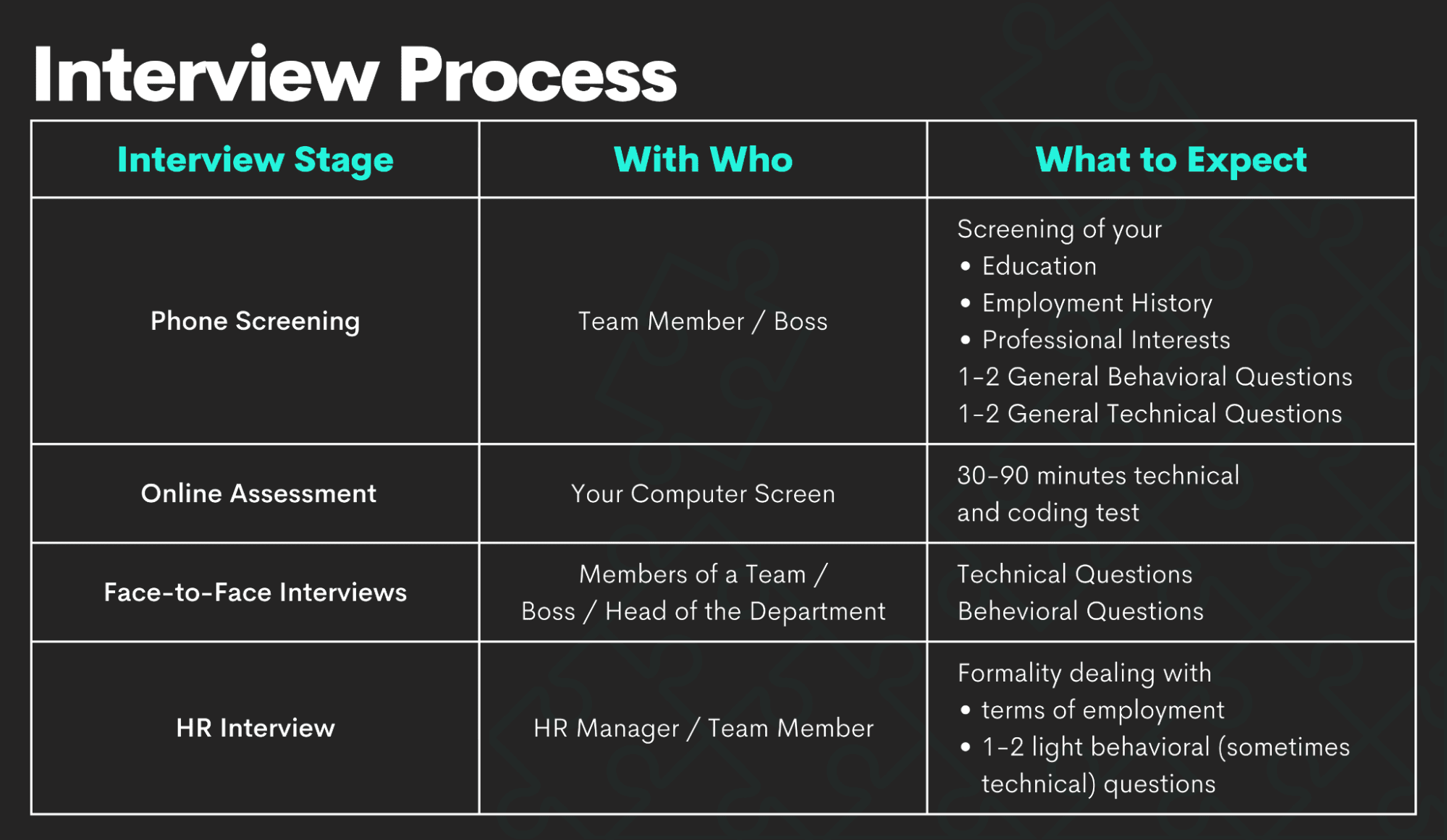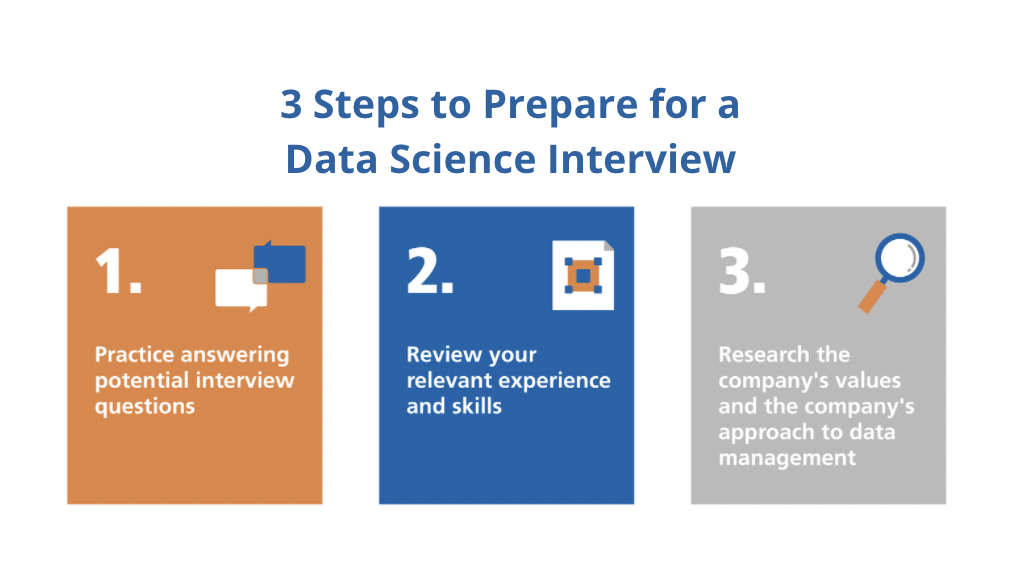All Categories
Featured
Table of Contents
Amazon now normally asks interviewees to code in an online paper data. Currently that you understand what questions to anticipate, allow's focus on just how to prepare.
Below is our four-step preparation plan for Amazon data scientist prospects. Before investing tens of hours preparing for an interview at Amazon, you ought to take some time to make certain it's in fact the right firm for you.

, which, although it's made around software application growth, need to provide you a concept of what they're looking out for.
Note that in the onsite rounds you'll likely have to code on a white boards without having the ability to execute it, so exercise writing through issues theoretically. For artificial intelligence and statistics inquiries, provides online training courses created around analytical probability and various other valuable subjects, a few of which are cost-free. Kaggle Supplies free courses around initial and intermediate device understanding, as well as data cleaning, data visualization, SQL, and others.
Engineering Manager Behavioral Interview Questions
Make certain you have at the very least one tale or instance for each of the concepts, from a broad array of settings and jobs. Finally, a great way to exercise all of these different kinds of inquiries is to interview on your own out loud. This might seem strange, however it will considerably boost the way you communicate your answers throughout an interview.

Trust fund us, it functions. Practicing on your own will only take you up until now. Among the major difficulties of information scientist interviews at Amazon is communicating your different solutions in a manner that's easy to understand. Consequently, we strongly advise exercising with a peer interviewing you. When possible, a great place to begin is to experiment close friends.
They're unlikely to have insider knowledge of meetings at your target company. For these reasons, several prospects avoid peer simulated interviews and go right to mock interviews with a specialist.
Insights Into Data Science Interview Patterns

That's an ROI of 100x!.
Data Scientific research is rather a large and diverse area. As a result, it is really tough to be a jack of all professions. Traditionally, Information Science would certainly concentrate on mathematics, computer science and domain proficiency. While I will briefly cover some computer scientific research principles, the bulk of this blog will mainly cover the mathematical basics one could either need to review (or perhaps take a whole program).
While I comprehend many of you reading this are more math heavy by nature, realize the bulk of data science (attempt I claim 80%+) is accumulating, cleaning and handling information right into a beneficial form. Python and R are one of the most preferred ones in the Information Scientific research room. Nevertheless, I have likewise discovered C/C++, Java and Scala.
System Design Interview Preparation

It is usual to see the bulk of the information scientists being in one of 2 camps: Mathematicians and Database Architects. If you are the second one, the blog site won't aid you much (YOU ARE ALREADY INCREDIBLE!).
This could either be collecting sensing unit data, parsing internet sites or accomplishing studies. After gathering the information, it requires to be changed into a functional kind (e.g. key-value store in JSON Lines files). Once the information is collected and placed in a usable layout, it is necessary to carry out some information high quality checks.
Interview Training For Job Seekers
Nevertheless, in cases of fraud, it is extremely typical to have heavy course discrepancy (e.g. only 2% of the dataset is actual fraudulence). Such information is necessary to choose on the proper options for function engineering, modelling and model analysis. To learn more, examine my blog site on Fraud Discovery Under Extreme Course Imbalance.

In bivariate evaluation, each feature is contrasted to other functions in the dataset. Scatter matrices permit us to discover surprise patterns such as- attributes that should be engineered with each other- functions that may require to be removed to stay clear of multicolinearityMulticollinearity is really a concern for several versions like straight regression and for this reason needs to be taken care of accordingly.
In this section, we will certainly discover some usual feature engineering methods. Sometimes, the function on its own might not supply useful information. Think of making use of internet use information. You will certainly have YouTube customers going as high as Giga Bytes while Facebook Messenger individuals make use of a couple of Huge Bytes.
Another problem is the usage of categorical values. While specific worths are typical in the information science globe, recognize computer systems can just comprehend numbers. In order for the categorical worths to make mathematical feeling, it requires to be changed right into something numeric. Generally for specific values, it prevails to execute a One Hot Encoding.
Real-life Projects For Data Science Interview Prep
At times, having too several sporadic dimensions will hamper the performance of the version. An algorithm frequently used for dimensionality reduction is Principal Elements Analysis or PCA.
The typical groups and their below classifications are discussed in this section. Filter techniques are typically used as a preprocessing step.
Usual techniques under this classification are Pearson's Relationship, Linear Discriminant Analysis, ANOVA and Chi-Square. In wrapper methods, we attempt to make use of a part of attributes and train a model using them. Based upon the reasonings that we draw from the previous version, we choose to add or remove functions from your part.
End-to-end Data Pipelines For Interview Success
Common techniques under this category are Forward Option, In Reverse Elimination and Recursive Feature Removal. LASSO and RIDGE are usual ones. The regularizations are offered in the equations below as referral: Lasso: Ridge: That being said, it is to understand the auto mechanics behind LASSO and RIDGE for meetings.
Managed Learning is when the tags are offered. Unsupervised Understanding is when the tags are not available. Get it? Oversee the tags! Pun meant. That being claimed,!!! This blunder is sufficient for the job interviewer to terminate the meeting. Additionally, one more noob error individuals make is not normalizing the attributes prior to running the model.
. Guideline. Direct and Logistic Regression are the a lot of basic and typically used Artificial intelligence algorithms available. Prior to doing any kind of analysis One typical interview slip people make is beginning their analysis with an extra complicated model like Neural Network. No question, Semantic network is very accurate. Criteria are crucial.
Latest Posts
The 10 Most Common Front-end Development Interview Questions
Senior Software Engineer Interview Study Plan – A Complete Guide
How To Solve Case Study Questions In Data Science Interviews